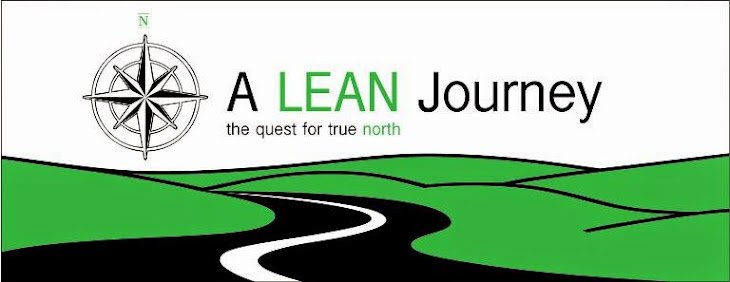As a leader, one of your most important roles is to coach your people to do their best. By doing this, you’ll help them make better decisions, solve problems that are holding them back, learn new skills, and otherwise progress their careers.
The GROW Model is a simple yet powerful framework for structuring your coaching or mentoring sessions.
GROW stands for:
Goal.
Current Reality.
Options (or Obstacles).
Will (or Way Forward).
A good way of thinking about the GROW Model is to think about how you’d plan a journey. First, you decide where you are going (the goal), and establish where you currently are (your current reality). You then explore various routes (the options) to your destination. In the final step, establishing the will, you ensure that you’re committed to making the journey, and are prepared for the obstacles that you could meet on the way.
To structure a coaching or mentoring session using the GROW Model, take the following steps:
1. Establish the Goal
First, you and your team member need to look at the behavior that you want to change, and then structure this change as a goal that they want to achieve.
Make sure that this is a SMART goal: one that is Specific, Measurable, Attainable, Realistic, and Time-bound.
When doing this, it’s useful to ask questions like:
- How will you know that your team member has achieved this goal? How will you know that the problem or issue is solved?
- Does this goal fit with their overall career objectives? And does it fit with the team’s objectives?
2. Examine the Current Reality
Next, ask your team member to describe their current reality.
This is an important step. Too often, people try to solve a problem or reach a goal without fully considering their starting point, and often they’re missing some information that they need in order to reach their goal effectively.
As your team member tells you about their current reality, the solution may start to emerge.
Useful coaching questions in this step include the following:
- What is happening now (what, who, when, and how often)? What is the effect or result of this?
- Have you already taken any steps toward your goal?
- Does this goal conflict with any other goals or objectives?
3. Explore the Options
Once you and your team member have explored the current reality, it’s time to determine what is possible – meaning all of the possible options for reaching their objective.
Help your team member brainstorm as many good options as possible. Then, discuss these and help them decide on the best ones.
By all means, offer your own suggestions in this step. But let your team member offer suggestions first, and let them do most of the talking. It’s important to guide them in the right direction, without actually making decisions for them.
Typical questions that you can use to explore options are as follows:
- What else could you do?
- What if this or that constraint were removed? Would that change things?
- What are the advantages and disadvantages of each option?
- What factors or considerations will you use to weigh the options?
- What do you need to stop doing in order to achieve this goal?
- What obstacles stand in your way?
4. Establish the Will
By examining the current reality and exploring the options, your team member will now have a good idea of how they can achieve their goal.
That’s great – but in itself, this may not be enough. The final step is to get your team member to commit to specific actions in order to move forward toward their goal. In doing this, you will help them establish their will and boost their motivation.
Useful questions to ask here include:
- So, what will you do now, and when? What else will you do?
- What could stop you moving forward? How will you overcome this?
- How can you keep yourself motivated?
- When do you need to review progress? Daily, weekly, monthly?
Finally, decide on a date when you’ll both review their progress. This will provide some accountability and allow them to change their approach if the original plan isn’t working.
At its core, all the GROW model is really doing is getting someone to think about their current state, their desired future, and how they can bridge the gap between the two. This approach forms the basis for several other coaching models and problem solving approaches (e.g. the A3 Problem Solving Model.)
 A Lean Journey
A Lean Journey 





Leave a Comment
Your email address will not be published. Required fields are marked with *